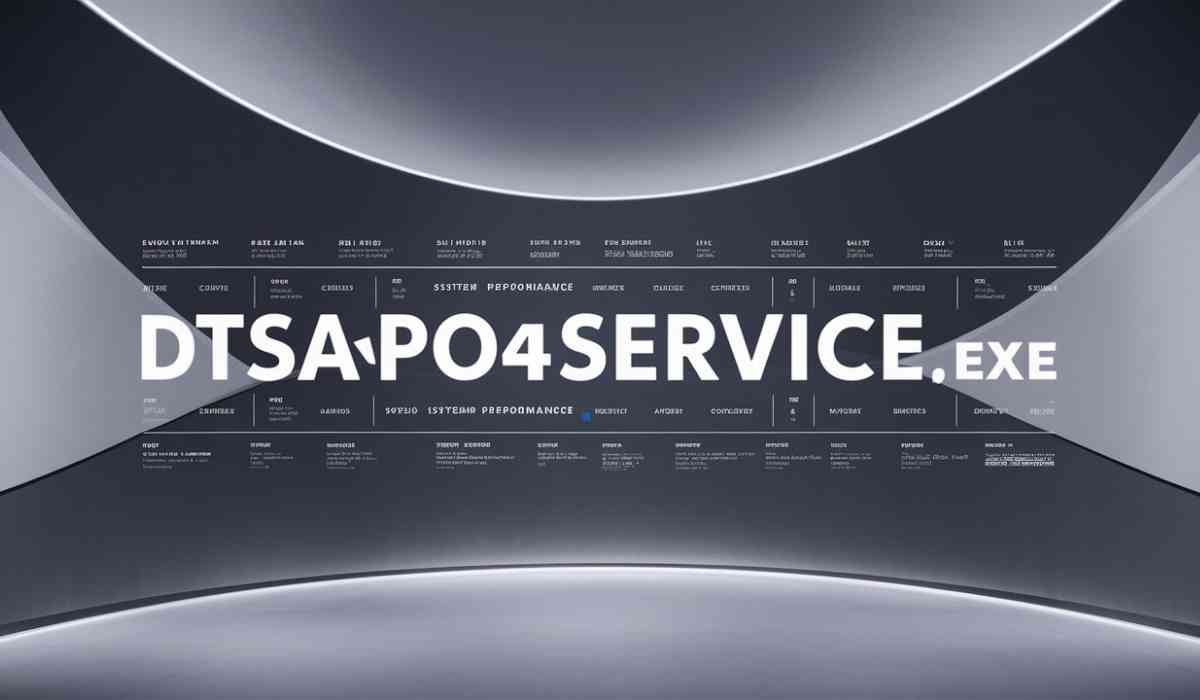VSee is a leading telemedicine platform that provides secure video calls for healthcare professionals, ensuring reliability, confidentiality, efficiency, and seamless communication for remote patient care.
It ensures a seamless and reliable connection between doctors and patients. With HIPAA compliance and easy integration, VSe simplifies telehealth services.
What is VSee?

VSee is a telemedicine software designed for healthcare providers to conduct secure video consultations with patients.
Unlike generic video conferencing tools, VSe focuses on security, compliance, and healthcare-specific features.
With its user-friendly interface, even non-tech-savvy users can navigate it easily, ensuring a smooth, hassle-free, and efficient telemedicine experience for everyone.
Why Choose VSee for Telemedicine?
HIPAA-Compliant Video Conferencing
One of the biggest concerns in telemedicine is data security. VSe is HIPAA-compliant, ensuring that patient data remains confidential. This makes it a trusted platform for doctors and healthcare organizations.
Easy Integration with Medical Devices
VSee supports integration with medical devices, allowing real-time sharing of vital signs and medical reports. This feature is particularly useful for remote patient monitoring.
Low Bandwidth Requirement
Unlike other video conferencing software, VSe works efficiently even in low-bandwidth environments. This ensures that patients in rural or remote areas can still access healthcare services without interruptions.
Secure Messaging and File Sharing
Apart from video calls, VSee allows secure messaging and file sharing. Doctors can share prescriptions, lab results, and medical reports securely with patients.
How VSe Improves Healthcare Services
Remote Patient Consultations
With VSee, doctors can consult patients without them having to visit the clinic. This reduces wait times and provides convenience, especially for elderly and disabled individuals.
Multi-Party Video Calls
VSee allows multiple participants in a single call. This is beneficial for family consultations, second opinions, or discussions between healthcare teams.
Telemedicine for Rural Areas
Many remote areas lack healthcare facilities. VSee bridges this gap by enabling virtual consultations, making healthcare more accessible to underserved populations.
Cost-Effective Solution
By using VSe, hospitals and clinics can reduce operational costs. There’s no need for expensive travel, and healthcare professionals can consult more patients in less time.
How to Get Started with VSee
Step 1: Sign Up for an Account
Visit the official VSee website and create an account. The platform offers different plans based on user needs.
Step 2: Download and Install the Software
VSee is available for Windows, Mac, iOS, and Android. Download and install the app on your preferred device.
Step 3: Set Up Your Profile
Once installed, set up your profile by adding necessary details such as name, specialization, and credentials.
Step 4: Start Your First Consultation
After setting up, you can start making video calls, messaging patients, and sharing files securely.
VSe vs. Other Telemedicine Platforms
VSe vs. Zoom for Healthcare
While Zoom is widely used for meetings, VSee is specifically designed for telemedicine. Zoom requires additional HIPAA-compliance configurations, whereas VSe comes with built-in security features.
VSee vs. Doxy.me
Both VSee and Doxy.me are HIPAA-compliant, but VSe offers better device integration and multi-party calls.
VSee vs. Teladoc Health
Teladoc Health is a premium telemedicine service with a broader range of features. However, VSe is a more affordable option for small clinics and independent practitioners.
Real-Life Success Stories
A Rural Clinic’s Experience with VSee
A small clinic in a remote village used VSee to provide virtual consultations. As a result, they were able to serve more patients, reducing unnecessary hospital visits.
A Specialist’s Perspective
Dr. Emily, a neurologist, shares, “VSee has transformed the way I consult patients. It’s secure, easy to use, and reliable.”
Future of Telemedicine with VSee

The demand for telemedicine is growing rapidly. VSe continues to evolve with AI-powered diagnostics, enhanced security, and better patient engagement features.
As technology advances, VSee will play a crucial role in shaping the future of virtual healthcare, improving accessibility, security, efficiency, patient engagement, and remote medical services worldwide.
Conclusion
VSee is an excellent telemedicine platform offering secure, HIPAA-compliant video calls, easy integration, and low bandwidth requirements.
Whether you’re a healthcare provider or a patient, VSe ensures a smooth and secure telehealth experience.
If you want to enhance your virtual consultations, sign up for VSe today and experience the future of telemedicine.
FAQs
What is VSee?
VSee is a secure telemedicine platform designed for healthcare providers to conduct HIPAA-compliant video consultations.
How is VSe different from other video conferencing tools?
Unlike generic platforms, VSe is healthcare-focused, ensuring data security, medical device integration, and easy usability.
Is VSe HIPAA-compliant?
Yes, VSee follows HIPAA regulations, ensuring patient data confidentiality and secure healthcare communication.
Can VSe work in low-bandwidth areas?
Yes, VSe is optimized for low-bandwidth environments, making it accessible even in remote locations.
Does VSee support medical device integration?
Yes, VSee integrates with medical devices to enable real-time sharing of vital signs and reports.
Can multiple participants join a VSe call?
Yes, VSe allows multi-party video calls, ideal for family consultations and team discussions.
How do I start using VSe?
Sign up on the VSe website, download the app, set up your profile, and start consultations.
How does VSe benefit healthcare providers?
VSe reduces costs, expands patient reach, and simplifies remote healthcare delivery with secure features.









